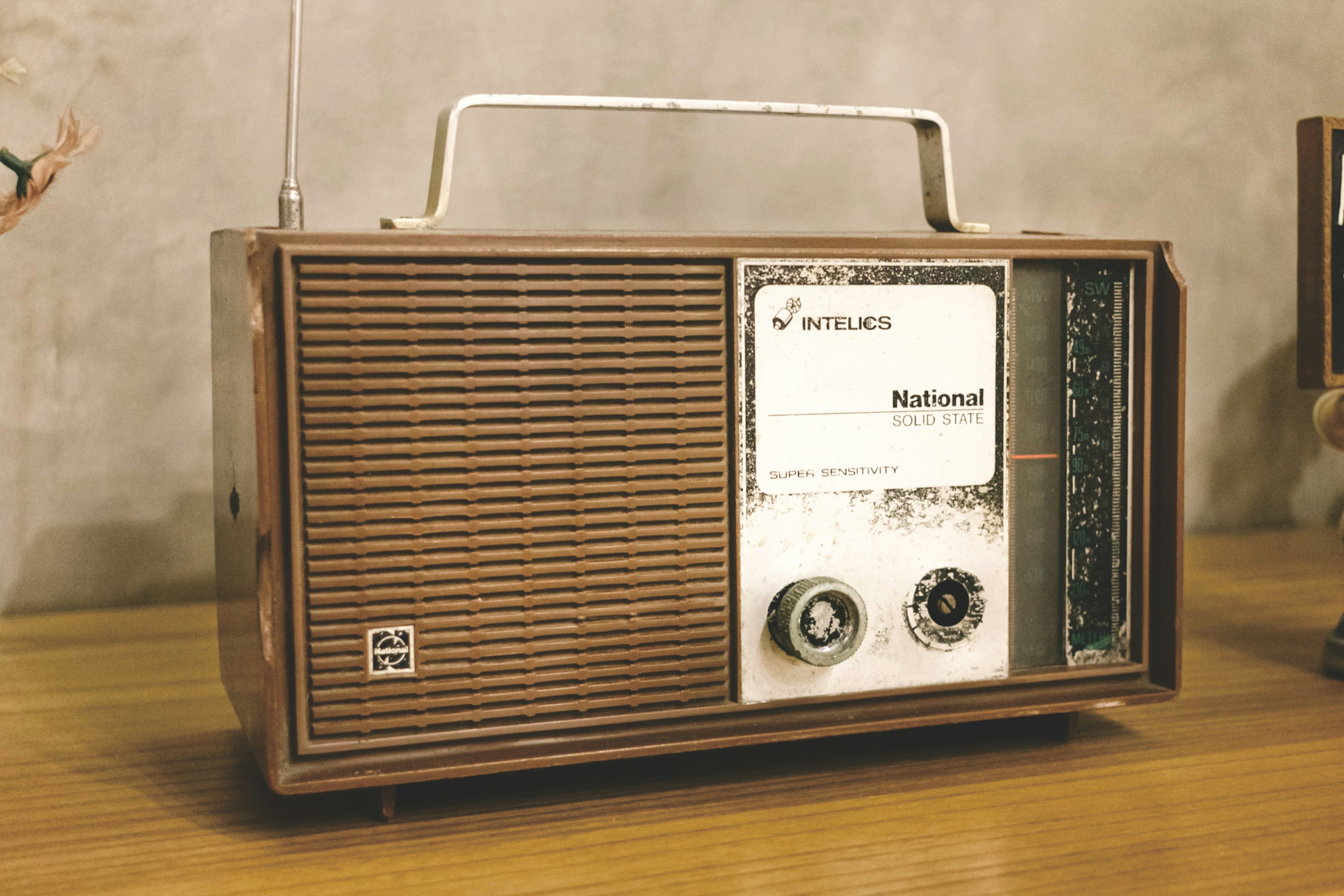
Tuning into History: A Guide to Antique Radio Collecting, Valuation, and Preservation

Tuning into History: A Guide to Antique Radio Collecting, Valuation, and Preservation
An antique radio has a unique charm that resonates deeply with collectors and enthusiasts alike. As cultural artifacts, these vintage devices symbolize the evolution of technology and communication and evoke nostalgia for a bygone era.
In this blog, we will explore the allure of radio collecting, delving into reasons why these historic treasures captivate collectors, their value in today’s market, and the rich history behind the art of radio collecting.
Whether you’re a seasoned collector or just starting your journey, our guide to collectible radios will provide insight into this hobby and highlight the significance of these pieces.
The Evolution of Radio Technology: A Brief History
The history of radio technology is marked by significant milestones, from early spark-gap transmitters to the transistor era, each innovation profoundly shaping society.
Early radios
The evolution of radios began with primitive designs, leading to a vintage timeline that showcased classic radio designs. By the 1930s, radio became widespread among consumers, resulting in a remarkable boom in manufacturing, the emergence of various brands, and rapid technological advancements. This period saw distinctive cabinet and console designs such as the tabletop, including tombstone, and cathedral radios. These designs served a functional purpose and became elegant fixtures in homes.
WWII
During World War II, radio technology played a crucial role, as shortwave channels enabled listeners to access stations from around the globe. This broadcast became the primary source of newscasting in the United States, providing essential updates on war events.
The ability to listen to international broadcasts not only entertained but also united listeners in a shared experience, showcasing the power of radio in a time of global crisis.
Plastic radios
The 1950s marked a shift in radio technology with the introduction of the transistor. The transistor made radios more energy-efficient and accessible, compared to the tubes used before. This era also saw a rise in the use of plastic radios, providing a cost-effective alternative to traditional materials like wood and metal.
Portable radios gained popularity, allowing people to enjoy music and news on the go, while FM radio began to carve out its own niche. Although stereo equipment and hi-fi technology were still in their infancy, the groundwork for future developments was firmly established during this transformative decade.
However, the golden age of radio began to wane as television emerged as the dominant force in the media landscape. Despite this, audiophiles continued to support the stereo equipment market, keeping it alive during a time when many considered radio to be on the decline. As technology advanced, a renewed appreciation for high-fidelity sound and quality listening experiences emerged.
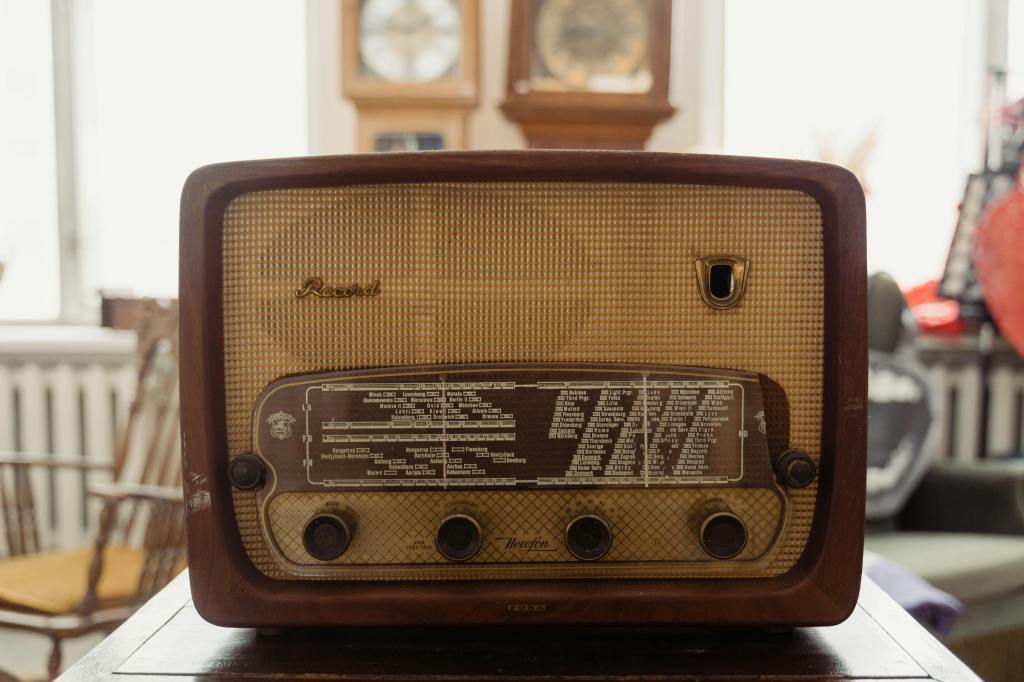
Identifying and Understanding Antique Radios
Antique and vintage radios come in various types, styles, and brands, which can be fascinating to explore for collectors and enthusiasts alike.
Understanding these types helps identify and appreciate vintage radios’ unique characteristics. Each style carries a distinct charm and showcases the evolution of radio design over the decades, reflecting the technology and aesthetic trends of their eras.
Manufacturer and design
When it comes to identifying vintage radios, the manufacturer and model number play a vital role. These details can often be found on a label located on the back, side, or inside the radio. In addition to the manufacturer information, these labels typically contain important details such as the serial number and tube diagram, helping to date and classify the radio accurately. Some brands to look for are Zenish, RCA, Atwater Kent, and Emerson.
If a label is missing, there are still several other features to examine for identification purposes.
Cabinet design is a significant indicator of a radio’s age and style. Early radios had their components mounted on a board, whereas designs from the late 1920s were increasingly functional and stylish, often mimicking the appearance of furniture. These models were predominantly made of wood.
In contrast, radios from the 1930s and 1940s showcased innovative designs that included mirrored cabinets, with tuners that resembled telephone dials. During this period, materials like Bakelite became quite popular for radio construction.
Dial cover and knobs
Another key aspect to consider are the dials. The bands and frequencies available on the radio can provide valuable clues regarding its age. For example, radios produced in the 1920s typically lacked station numbers, and some knobs may have had either numbers or no markings at all.
Pre-World War II radios frequently had a band marked for Police or Aircraft. After WWII, the FM frequency underwent significant changes; for instance, an FM tuning range of 42-50 megahertz likely indicates a radio made before 1942.
Tube radio
Lastly, the tubes used in the radio contribute to understanding its era. Older tubes resemble light bulbs and have screw-like connections, while those from the 1920s featured glass envelopes with large Bakelite bases.
The designs evolved through the 1930s and 1940s, when glass or metal tubes were common, eventually giving way to all-glass miniature tubes in the 1950s.
Starting Your Collection: What to Look for in an Antique Radio
Several factors should be considered when starting an antique and vintage radio collection. Beginners should focus on rarity, condition, originality, and aesthetic appeal, which significantly assess each piece’s value and authenticity.
Before diving into collecting, it is crucial to conduct thorough research. You can start with a simple Google search to get your started. Familiarizing yourself with the history and types of antique and vintage radios will enhance your ability to effectively assess brand, condition, and era. Knowledge is key in determining what to look for and identifying valuable items that may not be immediately obvious.
Another important step is to figure out your “why” for collecting. Many collectors have unique motivations, whether it’s an appreciation for a specific brand, the beauty of the designs, a fascination with a particular time period, or the challenge of restoring old radios to their original state.
Understanding the significance of rarity, condition, and originality is crucial, as these factors heavily influence a radio’s worth. A rare radio in excellent condition with original parts is highly sought after and will typically command a higher price.
Various avenues are available for acquiring antique and vintage radios. In-person shopping at flea markets, antique shops, thrift stores, and specialty stores can yield fantastic finds. Meanwhile, online platforms such as eBay, Craigslist, and Facebook Marketplace, or auction sites provide additional options for sourcing radios. Always ensure to read reviews and verify the reputation of sellers to make safe purchases.
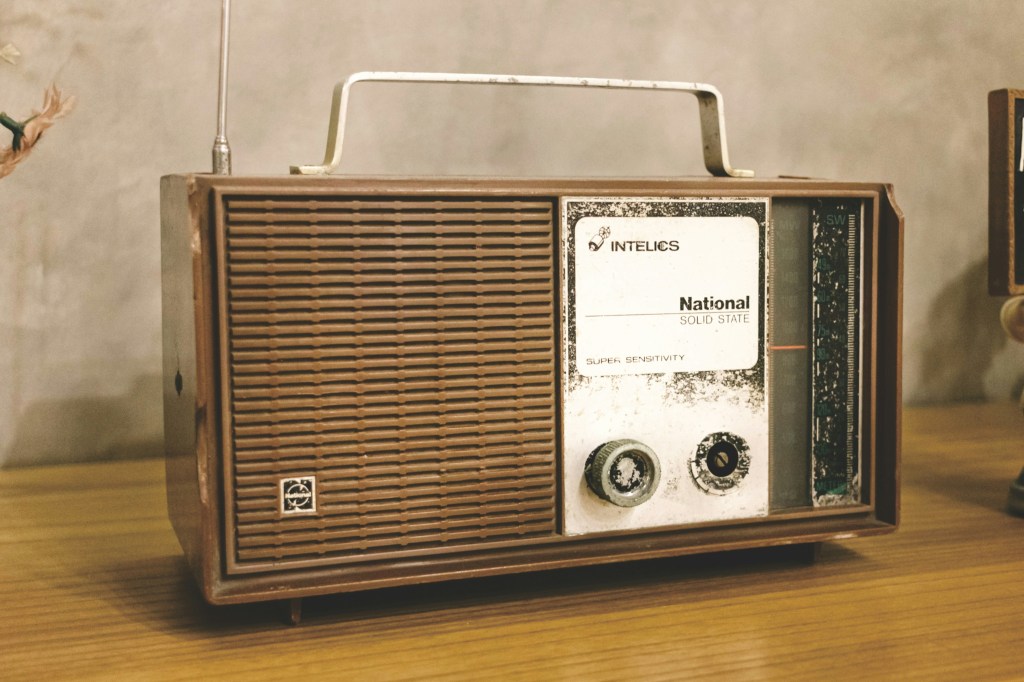
Famous and Rare Models: Icons of Radio Collecting
Antique and vintage radios hold a cherished place in the hearts of collectors and enthusiasts alike, often showcasing remarkable stories and unique characteristics that set them apart.
Among the most famous is Emerson, a pioneer in the transistor radio market. Known for their innovative approach, Emerson model radios are valued for their craftsmanship and historical significance in the evolution of portable audio technology.
Another iconic brand that stands the test of time is Zenith. Renowned as a powerhouse in the radio industry, Zenith played a pivotal role in the engineering of portable radios, making it a beloved name among collectors. The blend of quality, performance, and unique design features makes Zenith radios highly sought after, contributing to their value in the antique market.
Heath and Heathkit radios, meanwhile, have garnered a dedicated following among enthusiasts. Particularly notable are the unassembled Heathkits, which are now considered rare treasures. Collectors often flock to platforms like eBay to find these kits, sometimes leading to remarkable prices that reflect their desirability. The appeal of assembling a Heathkit radiates both nostalgia and the joy of craftsmanship, marking it as a standout.
Valuing Your Collection: Tips for Antique Radio Appraisal
Several factors influence the value of antique radios, including age, brand, condition, and historical significance. When appraising, one must consider how these elements come together to affect its worth. Resources for accurate appraisal can help collectors better understand their investments and make informed decisions regarding buying or selling.
Condition is a critical factor in determining price. A working antique or vintage radio can fetch thousands on eBay, while non-functional models typically sell for less. Collectors often prioritize radios that have good performance, as functionality enhances their value and appeal.
Additionally, a radio’s design and features can significantly impact its worth; styles like Art Deco and mid-century modern designs are particularly sought after by collectors, adding to their desirability.
The brand name also plays a significant role in a radio’s valuation. For instance, Zenith radios are highly prized on eBay due to their reputation as the “rich man’s” radio during the 1930s. Collectors are often willing to pay a premium for these renowned brands, especially if the radio is in excellent condition.
When encountering an antique or vintage radio, it is essential to exercise caution. Avoid plugging it in without proper inspection, as old wires and components can be dangerous and may damage the radio or cause a fire. For those considering restoration or repair, seeking the assistance of professional radio restoration services is highly recommended to preserve the integrity and value of the piece.
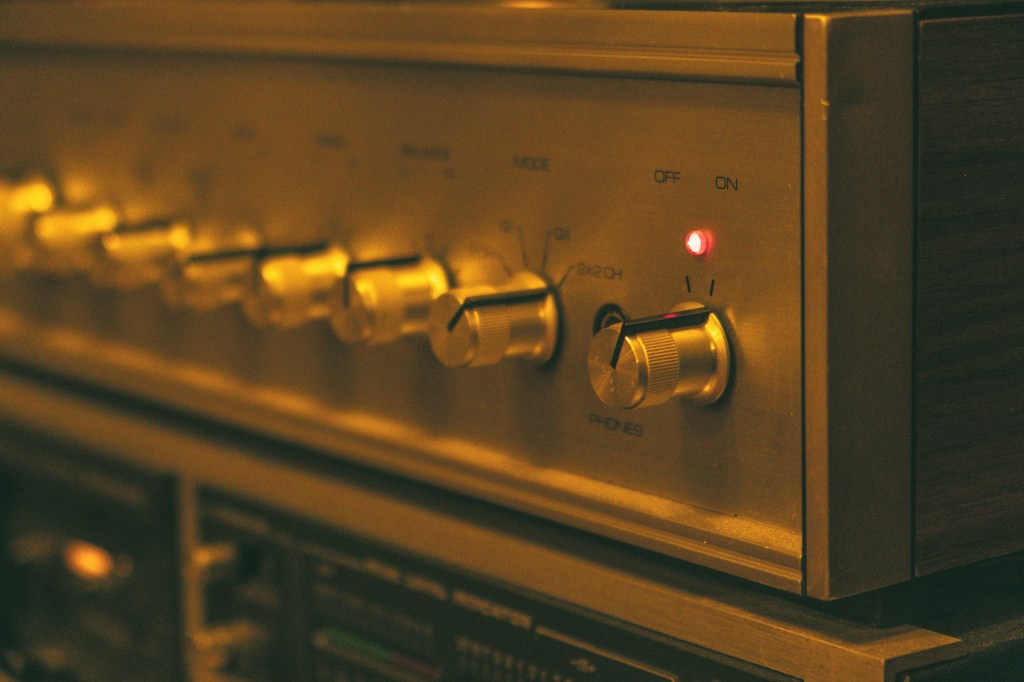
Preservation and Care: Protecting and Displaying Antique Radios
When it comes to the long-term preservation of radios, following best practices for cleaning, storage, and display is essential to prevent common issues like corrosion and damage. Whether you’re passionate about antique radio preservation, cleaning vintage radios, or displaying these collectibles, understanding proper techniques will significantly enhance their longevity.
Storage and display
Keep your radios in a temperature-controlled area, ideally in a dark space for storage. Avoid attics and basements, as these areas are often subjected to humidity and fluctuating temperatures.
When it comes to displaying on a shelf, ensure that the shelf is securely mounted and made of solid materials. Keeping your radios out of direct sunlight is advisable, as this can lead to wood and plastic components fading over time.
Cleaning
Regular cleaning is key to maintaining the appearance and functionality of your old radios. Begin by dusting the surface regularly to prevent dirt accumulation. If you’re planning a deep clean or restoration, focus on specific components. For the chassis, dusting with a soft brush and using rubbing alcohol can be beneficial.
The tubes can be carefully removed and cleaned individually with a lint-free cloth to remove dust buildup. Pay special attention to tube pins and sockets, which may be prone to corrosion; fine sandpaper can be used here gently to clear any corrosion. Moreover, control switches, band switches, and tuning knobs should be treated with an electronic cleaner to ensure optimal functionality.
Cleaning the radio’s bands is particularly important, especially if the device has more than one band, such as broadcast bands and shortwave bands. Take your time with this process, ensuring you clean the contacts and switches thoroughly while being cautious not to overuse the electronic cleaner.
Connecting with the Community: Resources for Radio Enthusiasts
Collectors of antique radios can greatly benefit from a variety of clubs, forums, events, and restoration resources designed to help them connect with one another and stay informed about the latest in the hobby.
Whether you’re a seasoned collector or just starting out, engaging with the community is invaluable. There are numerous ways to immerse yourself in this passion, including joining clubs, visiting museums, and participating in online forums.
For those who prefer in-person interactions, joining a radio club can be a fantastic way to meet fellow enthusiasts. Regional and international clubs are dedicated to collecting radio, providing opportunities to share experiences and knowledge.
Additionally, visiting museums that showcase vintage radios, such as the Vintage Radio and Communications Museum of Connecticut, Southern Appalachian Radio Museum, and the National Capital Radio & Television Museum, can enrich your understanding and appreciation of the craft. These spaces foster a sense of community and are perfect for connecting with others who share your interests.
For those who may find it more convenient to connect online, various forums exist that cater to radio collectors. Websites like Reddit and specialized Facebook groups allow collectors to share tips, trade advice and even discover where to find their next great piece. These online communities are invaluable for networking and gaining insight into the world of radio collecting, making navigating the exciting realm of vintage radios easier.
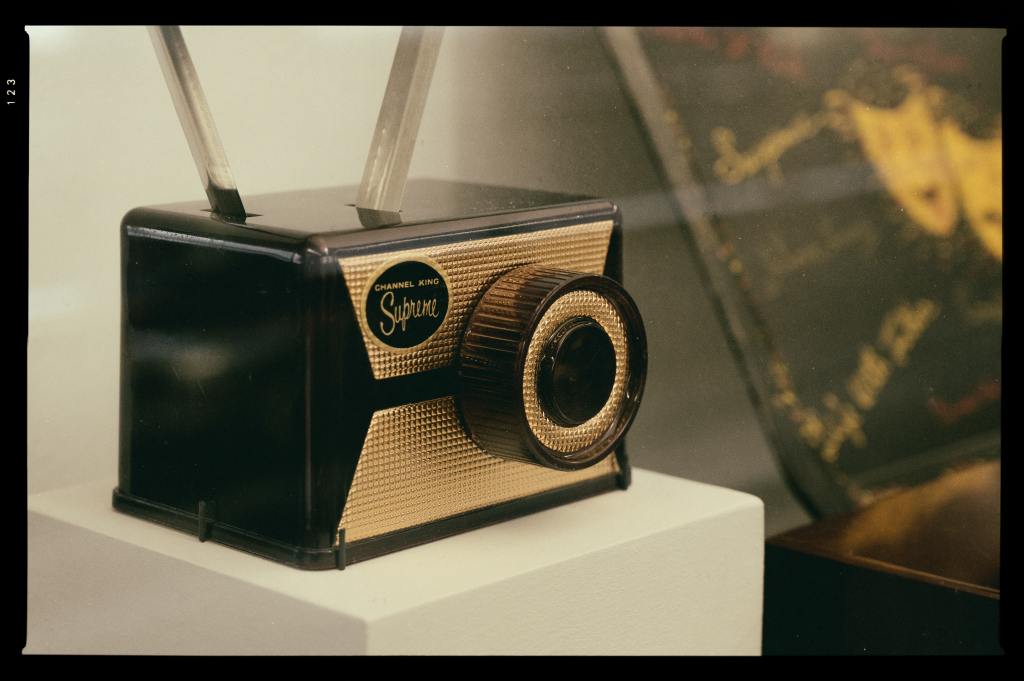
Conclusion: Preserving History, One Radio at a Time
Preserving antique radios is a commitment to safeguarding a rich piece of our cultural and technological heritage. By collecting and restoring these vintage devices, enthusiasts celebrate the ingenuity of past innovations and ensure that future generations can appreciate and learn from the evolution of radio communication.
Each antique radio tells a story of its time, capturing the sounds and experiences that shaped society. Preserving radio history plays a critical role in maintaining our collective memory. Embracing this passion keeps the spirit of radio alive for years to come.
Sources
https://www.radioworld.com/columns-and-views/roots-of-radio/what-to-do-with-that-old-antique-radio
https://www.mrtwv.org/radio-history/
https://antiqueradio.org/identify.htm
https://childhoodradio.com/becoming-a-collector/
https://childhoodradio.com/popular-collectible-radios/
https://canadianvintageradio.com/whats-my-old-radio-worth/
https://www.radiomuseum.org/forum/display_and_preservation_of_radios.html
http://www.antiqueradio.com/radiolinks.html
About Collectibles Insurance Services
Collectibles Insurance Services has been protecting collections since 1966 and all coverage is provided by a carrier with a group rating of “A” (Excellent) by AM Best, the leading rating agency for the insurance industry.
Comprehensive coverage includes, but is not limited to: accidental breakage, burglary, fire, flood, loss in the mail, theft, natural disasters, and other causes of loss unless specifically excluded from the policy. Deductibles start at $0 for collector policies and we provide coverage for the market value of your collection for losses in excess of $50.
Additionally the protection extends At home and away, and we don't require collection itemization and serial number nor extensive paperwork and red tape.
